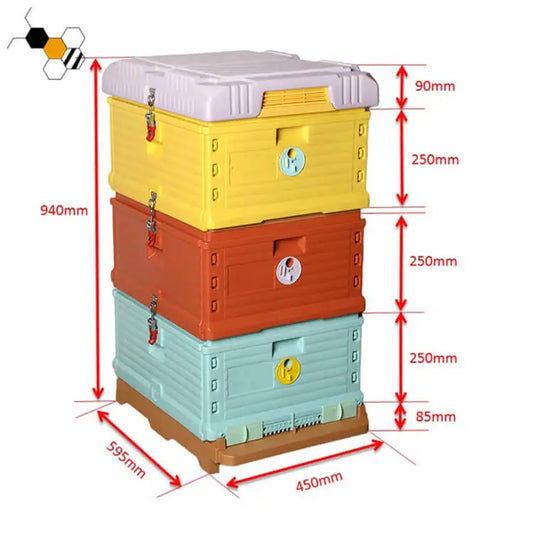收藏: Beehives - Ruches
Honey bees live in large social colonies in perpetual nests made of wax. Only 8 species of honey bees remain surviving today with 43 subspecies among the 11 recognized species throughout history. Honey bees form a fraction of the 20 000 species of bees. Bees, found on every continent except Antarctica, stand important to support biodiversity in every habitat of the world containing insect pollinated flowering plants. Bees feed on nectar for energy and pollen for proteins, nutrients and the food source for their larvae.
The decline in the number of bees in the wild highlights the value of human managed bee hives. Bee domestication is such an old practice that humans are the reason that honey bees now live across the world, they are native to mainland Afro-Eurasia.
Beekeeping reaps honey and crop pollination for a larger harvest and more uniform produce shape and size. Apiculture also offers the byproducts beeswax, propolis, bee pollen and royal jelly.
Beehives are smoothed out man made structures where managed members of the species Apis build honeycombs to raise their youngs. Beekeepers use hives to house their bees for honey production which may be seasonally moved and transported to pollinate field crops.

















